Carrabelle lighthouse showcases original lens
Housed quietly at the Crooked River Lighthouse Keeper’s House Museum for two years, it sat stationery on display as it awaited the royal treatment that befits the nearly 130-year-old Fresnel lens whose beam once guided ships traveling along the Carrabelle shoreline.
Now housed in a newly-created steel lighthouse tower-inspired case, the lens is glowing and turning again for the first time in almost 50 years.
In a well-attended, day-long celebration Saturday, under sunny skies and crisp weather, the lighthouse museum showed off the lens, now slowly revolving on a new metal case.
The bivalve “clam shell” design of the lens, in which one-third of it is open, enables viewers to look inside the design of the lens, manufactured in Paris, France in 1894. “It gave us a great opportunity to have a replica made,” it’s an ‘open door’ to see the ‘guts’ inside,” said Steve Allen, president of the Crooked River Lighthouse Association,
The fuel oil lamps no longer create the light, but lampist Kurt Fosburg, in his workshop in the Upper Peninsula of Michigan recreated their precise look, albeit adding an electric source for the bulb inside. The case that enables it to rotate was done by George Ryan and Kelly Sheet Metal, out of Tallahassee.
A few years ago, the lighthouse was able to secure the original lens from where it sat in the office of a Coast Guard admiral in New Orleans.
After lengthy negotiations, the Coast Guard agreed to offer it for permanent loan to the lighthouse, and it was taken out of the upper-story office by Fosburg and Carrabelle Lighthouse Association Historian John Canetta, and transported to Michigan. The lens returned home to Carrabelle on Feb. 19, 2020 and for the last two years the proper presentation has been created.
Museum Curator Joan Matey has created a detailed blend of photos, descriptions and historical information on the walls surrounding the lens in the replica of the keeper’s house where it sits. The original lighthouse keeper’s house was moved elsewhere in the city after the 103-foot lighthouse, the tallest on the Forgotten Coast, was decommissioned in 1964. She said the lighthouse association continues to have its eye on restoring the original house.

Drawing on the work of Dan Spinella, a prominent expert on Fresnel lenses with Artworks Florida, Matey’s display offers insight into how Americans Stephen Pleasanton and Winslow Lewis worked on perfecting the most efficient and long lighthouse beam, before Frenchman Augustin Fresnel used a series of prism to create a light that, like the one in Carrabelle, could shine as upwards to 20 miles or more out to sea. And how Augustin Michel Henry-Leponte came up with a manufacturing solution for the lenses.
The Florida Lighthouse Association provided a $20,000 grant to fund the exhibit, which includes a television monitor where visitors can watch the current program by Canetta on lighthouses, or other future videos.
Matey has small displays on everything from semaphore signals, to the element mercury, which was originally used to create a floating foundation upon which the lighthouse lamp could evenly rotate.
She stressed that while she worked to capture the history, she wanted to put an emphasis on the evolving science of lighthouses, to give school children and adults alike a glimpse into how the world solved navigational challenges before the advent of satellites and global positioning systems and the like.
The exhibit details the structure of the upper lighthouse, and how it was engineered with venting and curtains that would address the soot that would gather on the glass walls. There are diagrams and plans and timetables galore, and large photographs of the three inventors who were instrumental in evolving the optical technology.
“She’s been telling the story,” said Allen.
A trained architect, Allen has been working on recreating the 72-foot-long Carrabella “pirate ship” wooden playground that burned down eight years ago on Mother’s Day. Creating a more elaborate, multi-faceted design, Allen has drawn on insurance monies, private donations and Tourist Development Council funds to create the still-unnamed 42-foot playground and stage, complete with two 40-foot mast poles as the central axis.
The construction is not yet fully complete, but enough is in place to have hosted the benefit concert Saturday night featuring Tom Mason and the Blue Buccaneers and the Tallahassee Community College dancers.
To add to the excitement of the day, the Florida Lighthouse Association held its winter meeting at St. James Bay Resort in conjunction with the festival.
Crooked River Lighthouse is just west of the Carrabelle Public Beach Park at 1975 Hwy 98 W, Carrabelle. For more information, contact the gift shop at 850-697-2732, carrabellelighthouse@gmail.com or www.crookedriverlighthouse.com. Funded in part by the Franklin County Tourist Development Council.
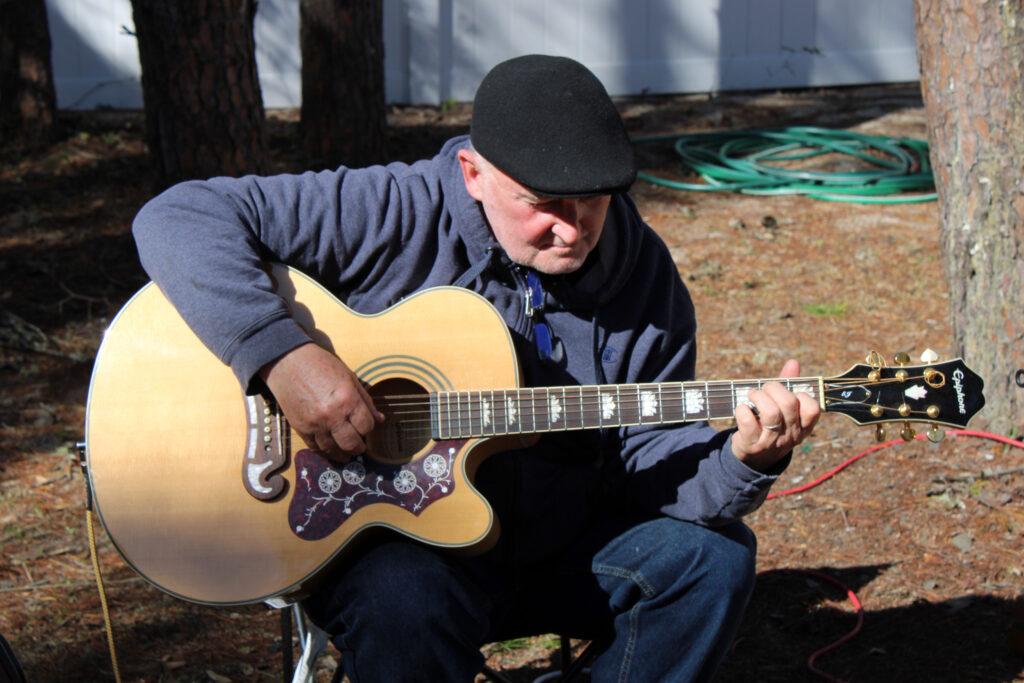
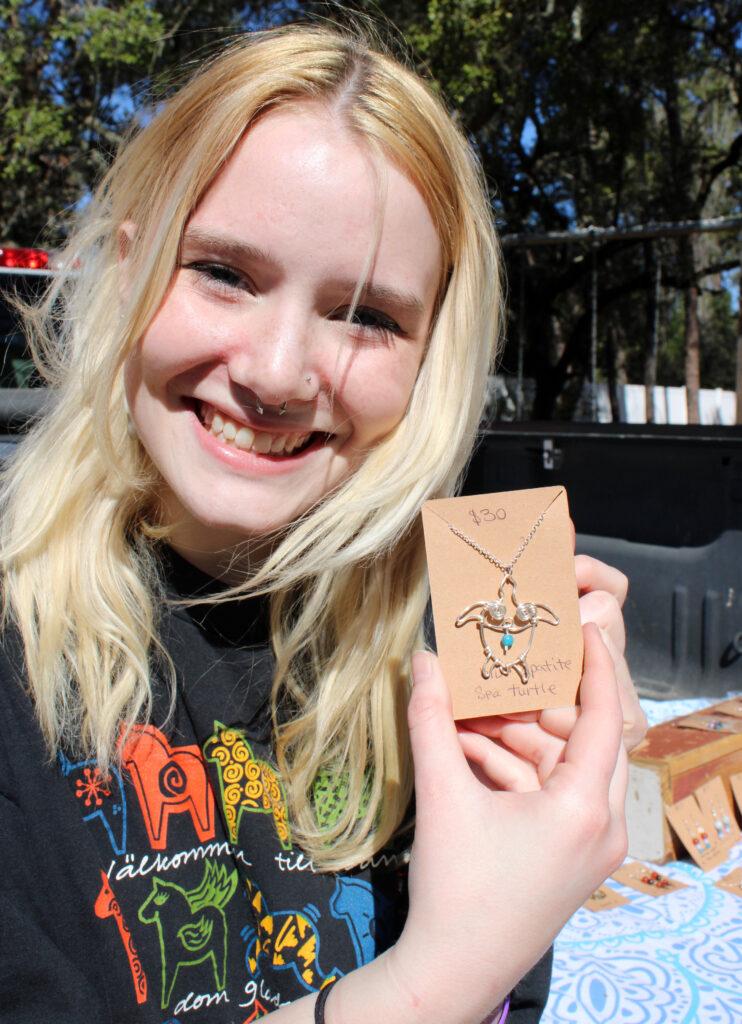
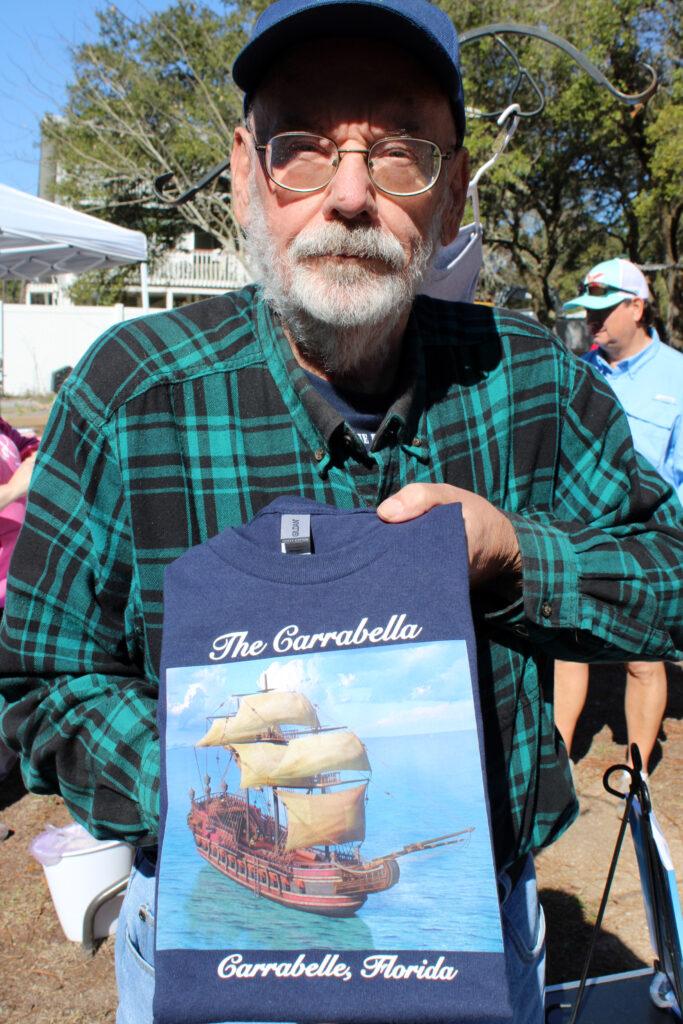
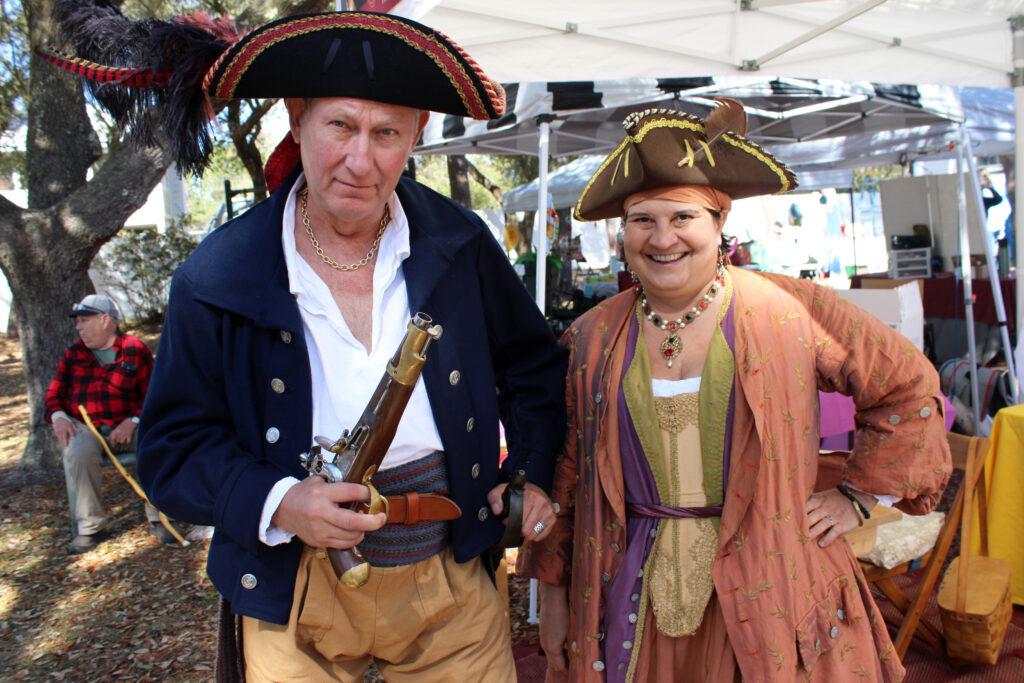
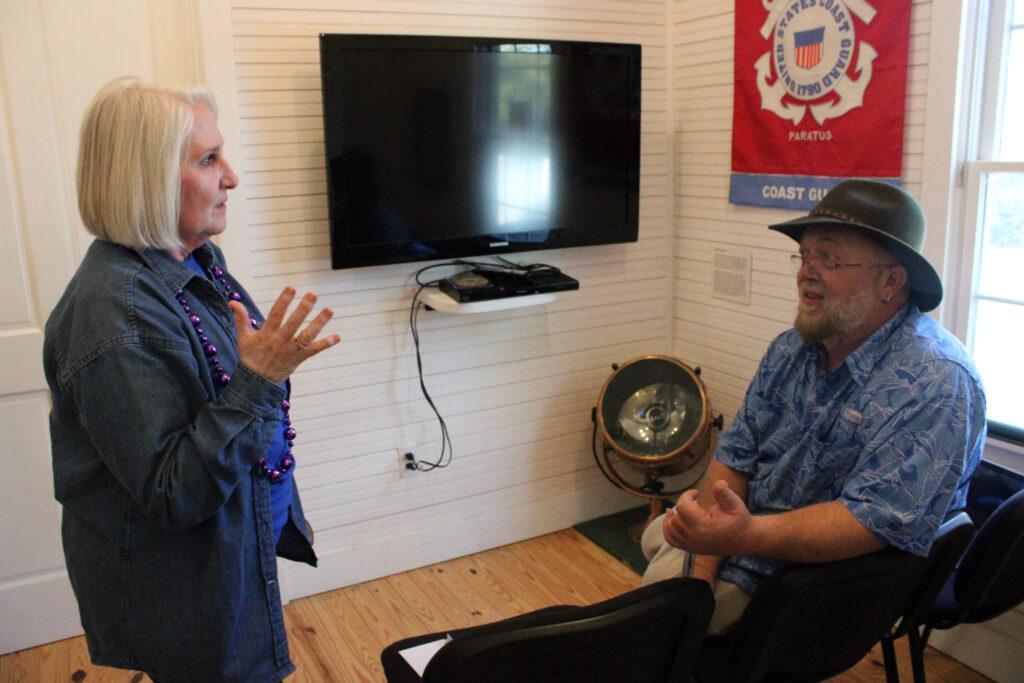

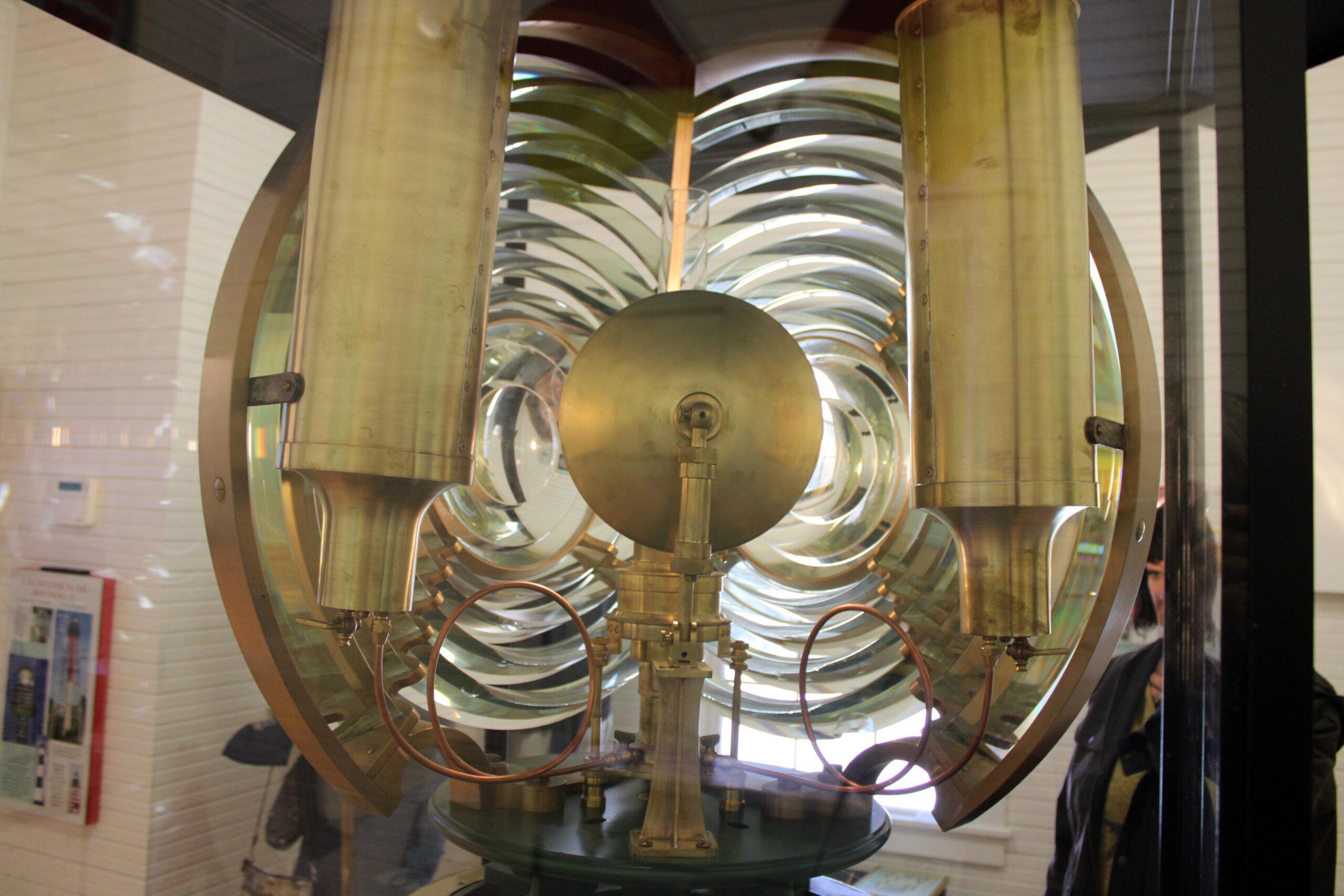
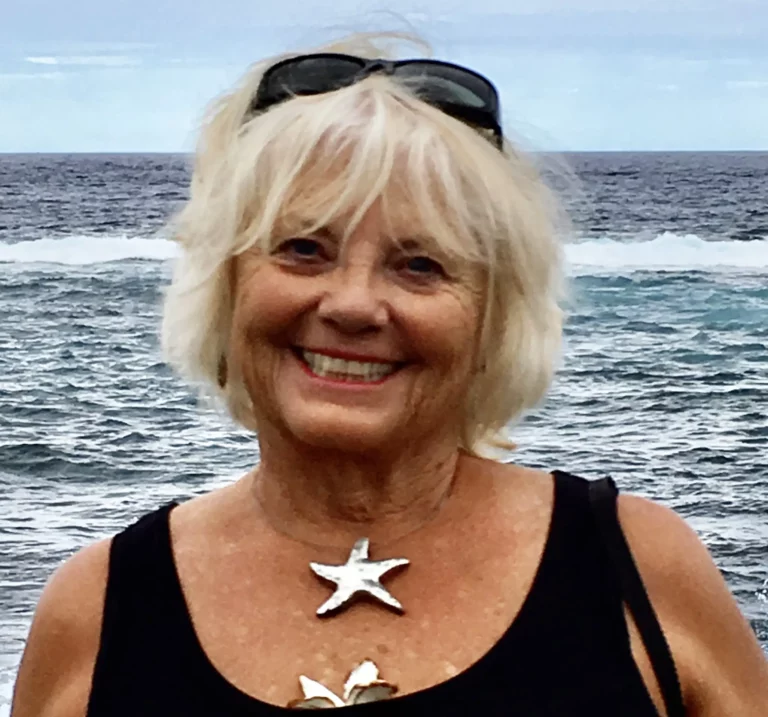
Meet the Editor
David Adlerstein, The Apalachicola Times’ digital editor, started with the news outlet in January 2002 as a reporter.
Prior to then, David Adlerstein began as a newspaperman with a small Boston weekly, after graduating magna cum laude from Brandeis University in Waltham, Massachusetts. He later edited the weekly Bellville Times, and as business reporter for the daily Marion Star, both not far from his hometown of Columbus, Ohio.
In 1995, he moved to South Florida, and worked as a business reporter and editor of Medical Business newspaper. In Jan. 2002, he began with the Apalachicola Times, first as reporter and later as editor, and in Oct. 2020, also began editing the Port St. Joe Star.